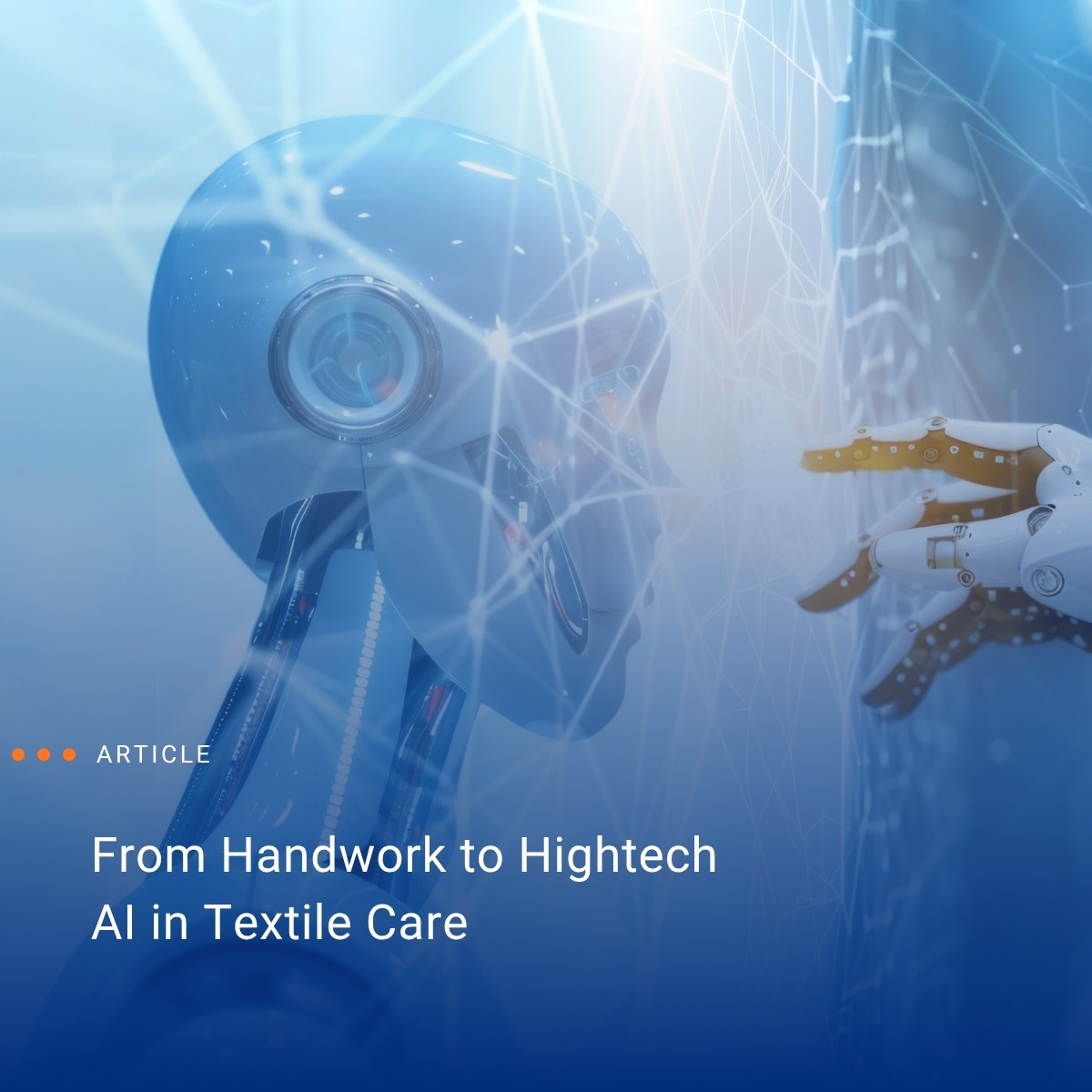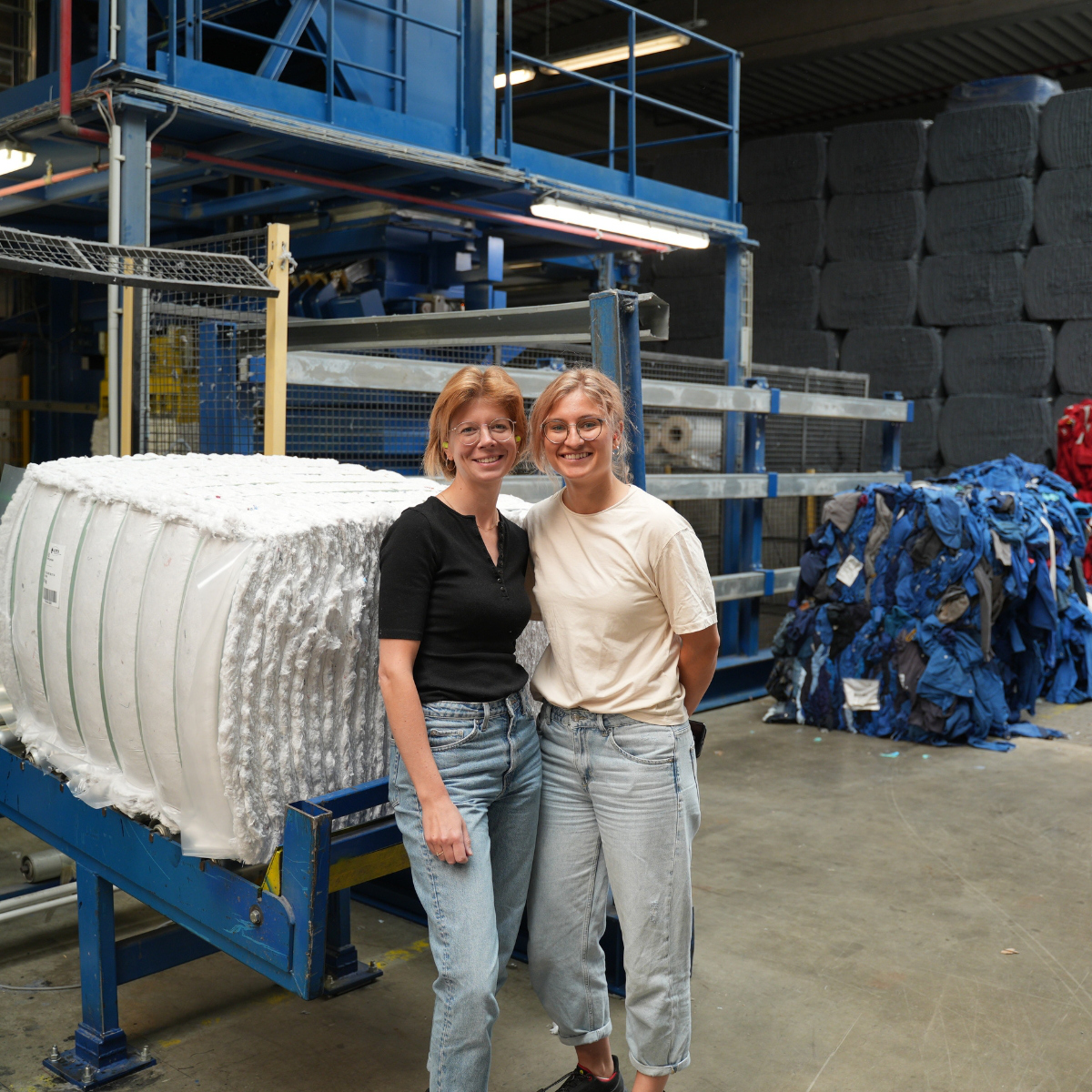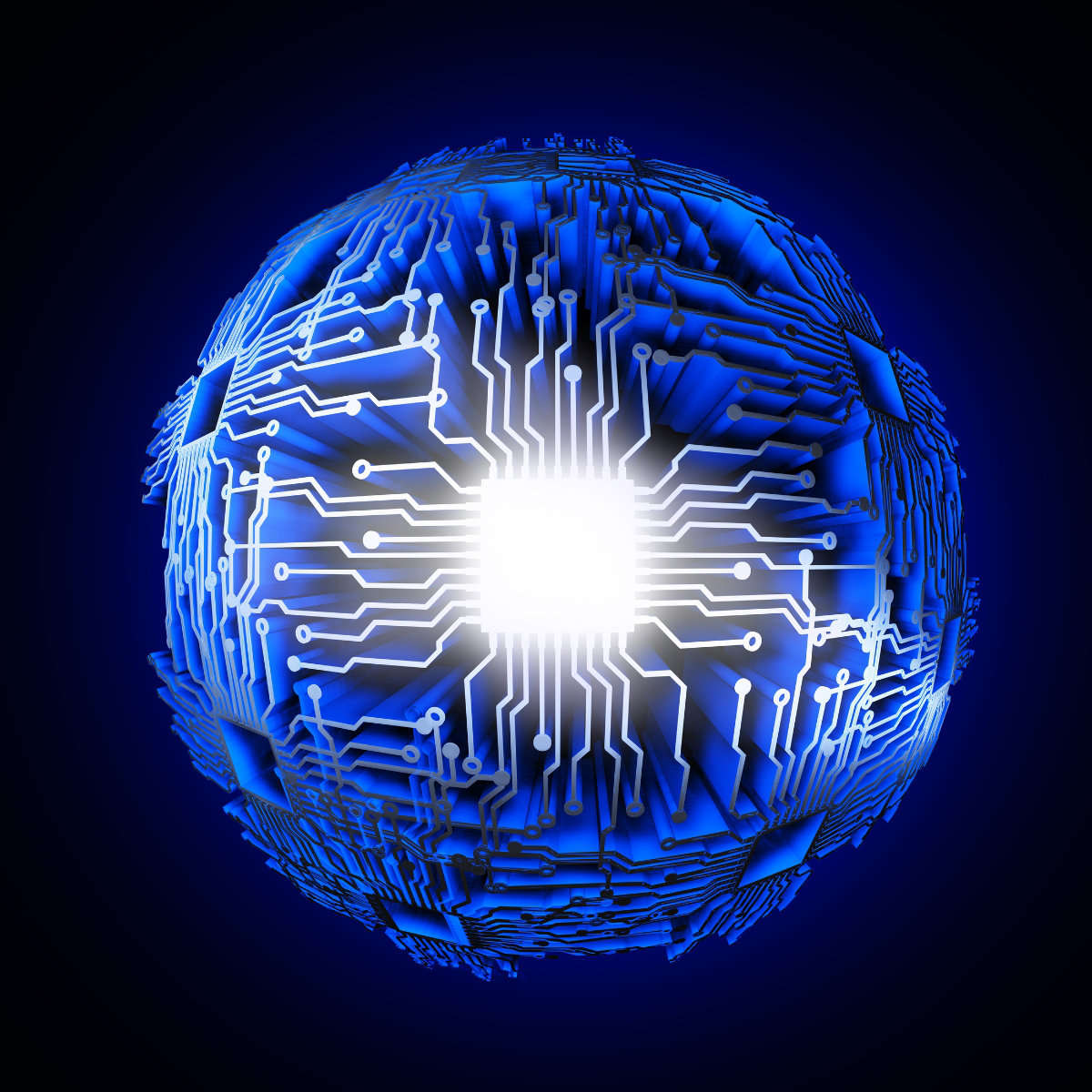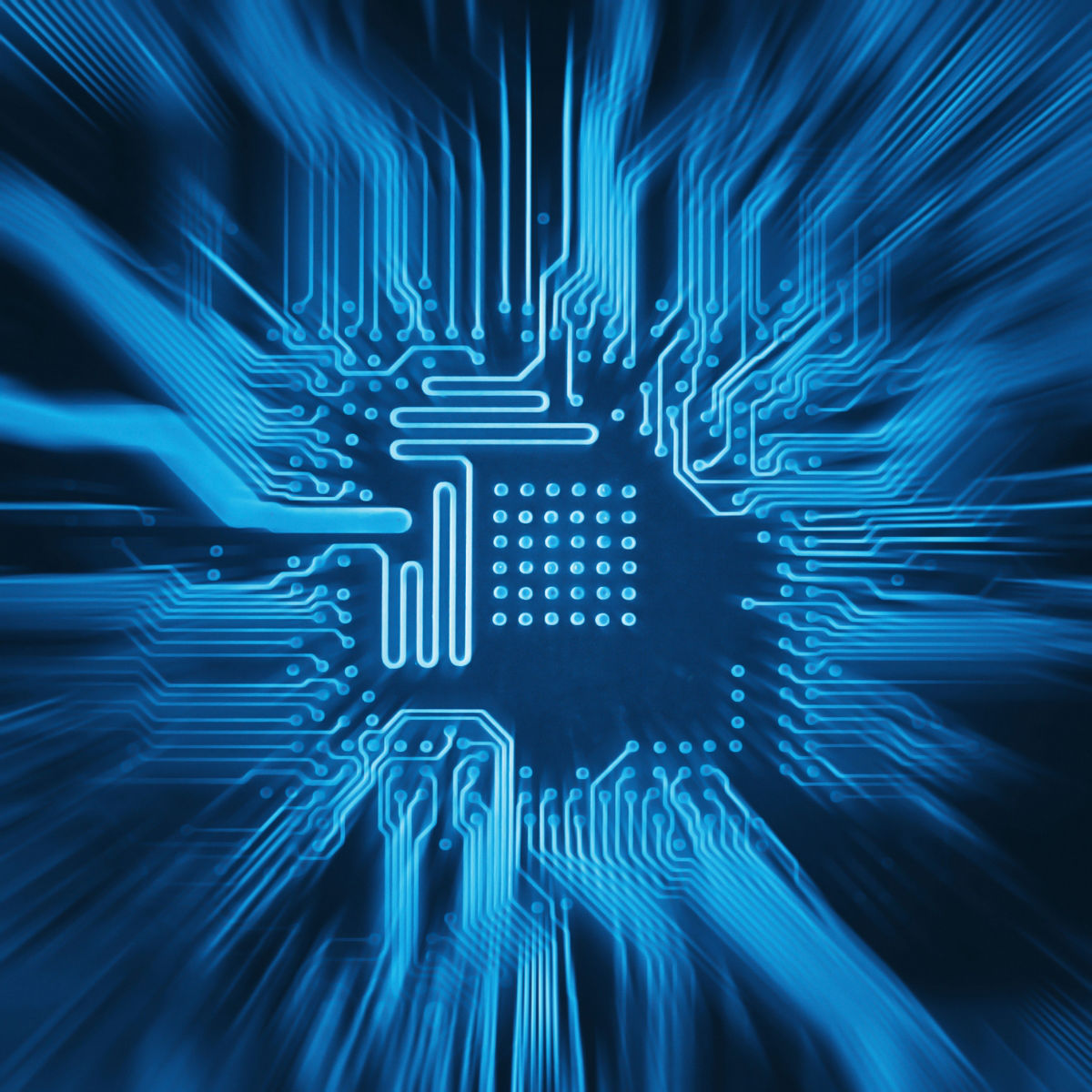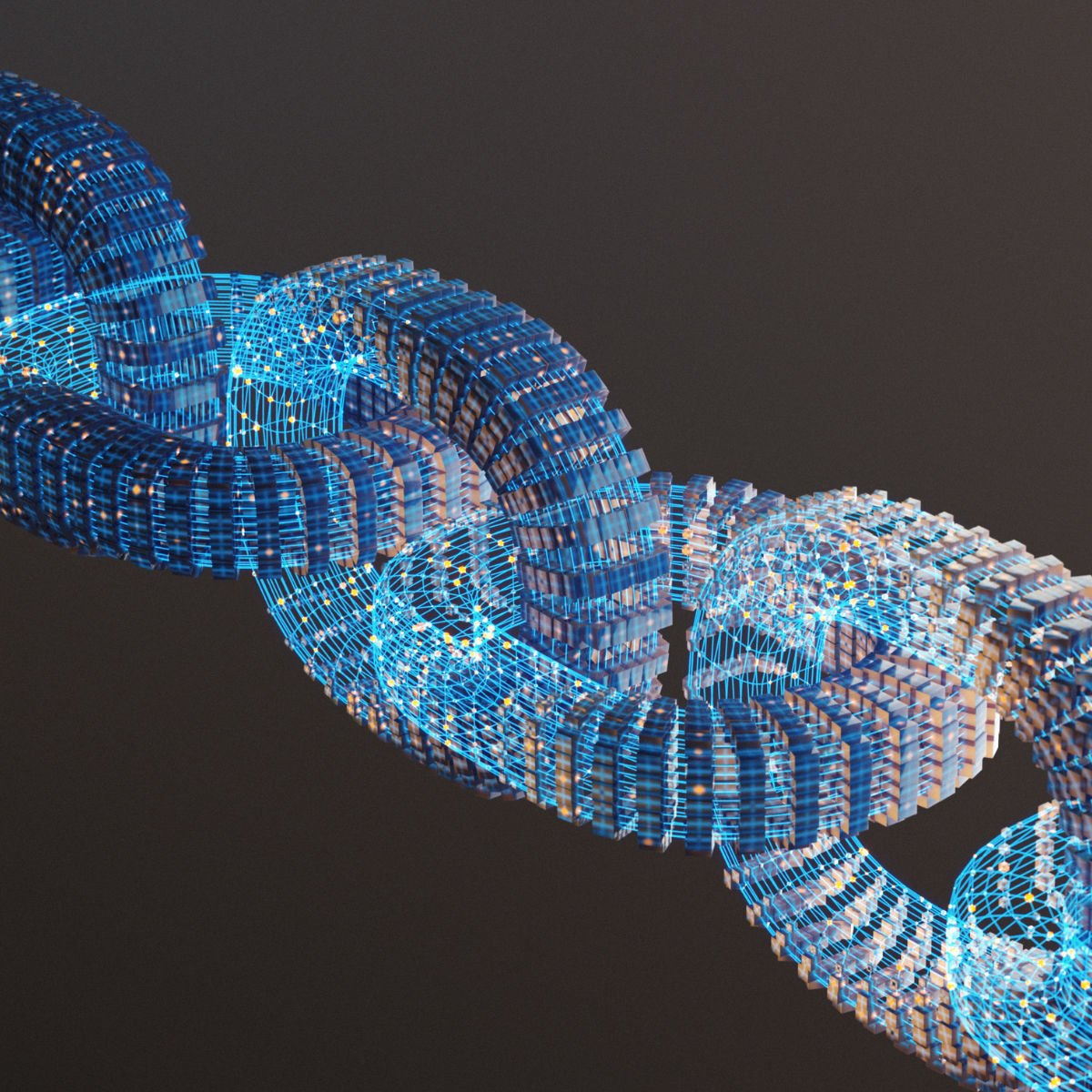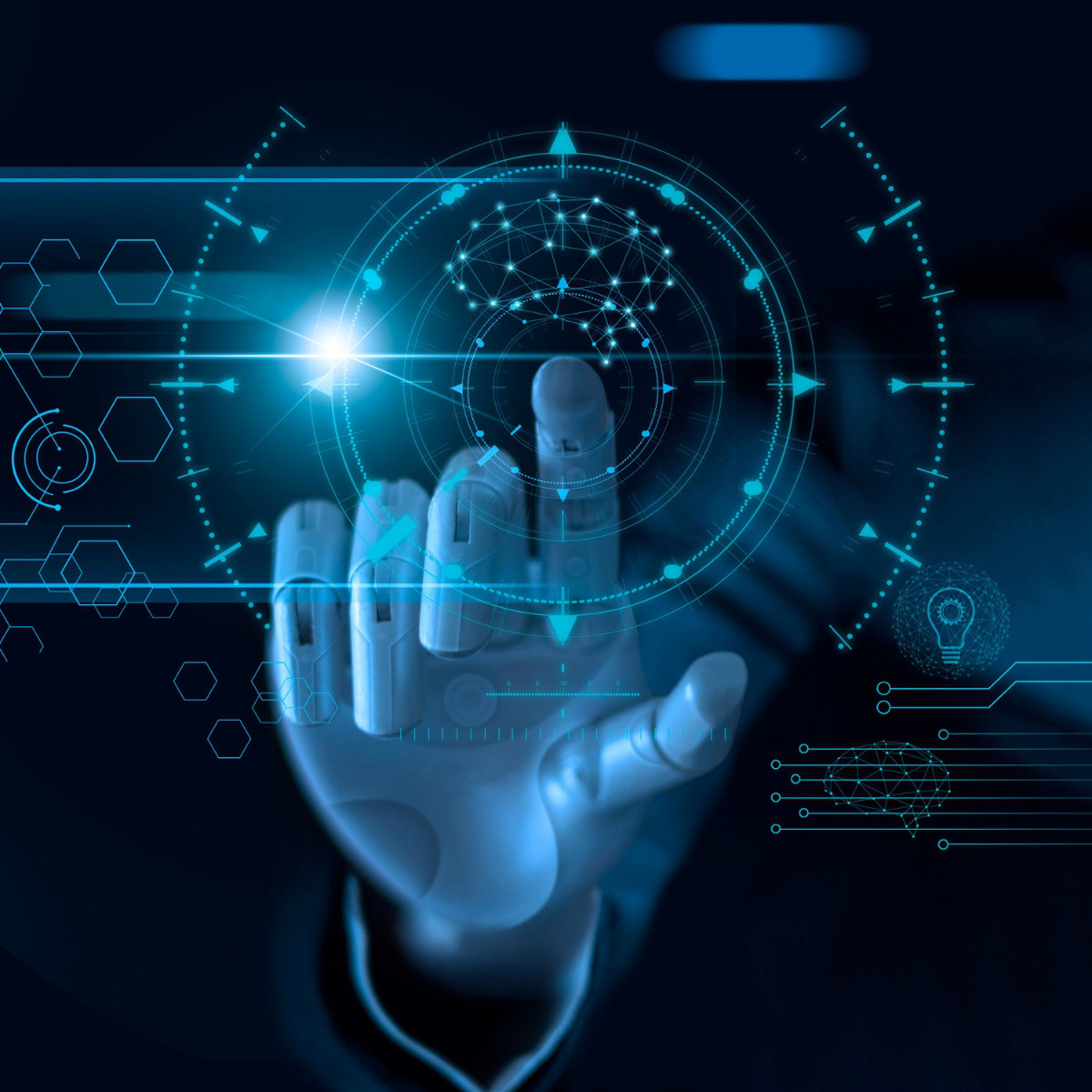Ready for the digital transformation in textile care? Technologies, data and AI are creating new opportunities for efficiency and quality. Explore all articles on innovations, practical examples and future trends here.
Digitalisation & Data & AI: All Content at a Glance
Deepen your knowledge: discover all relevant content – in various formats – prepared exclusively for you with practical relevance.


